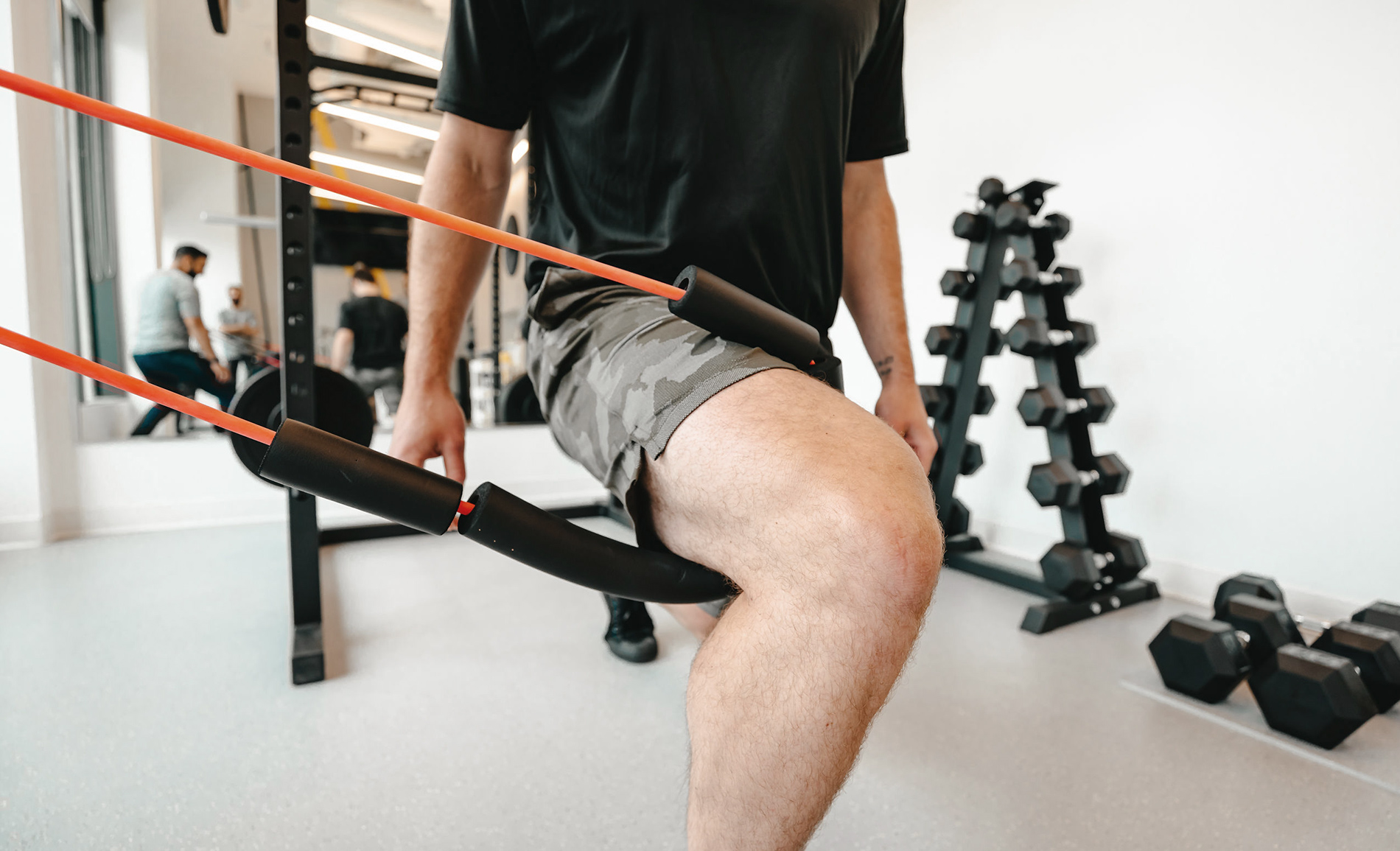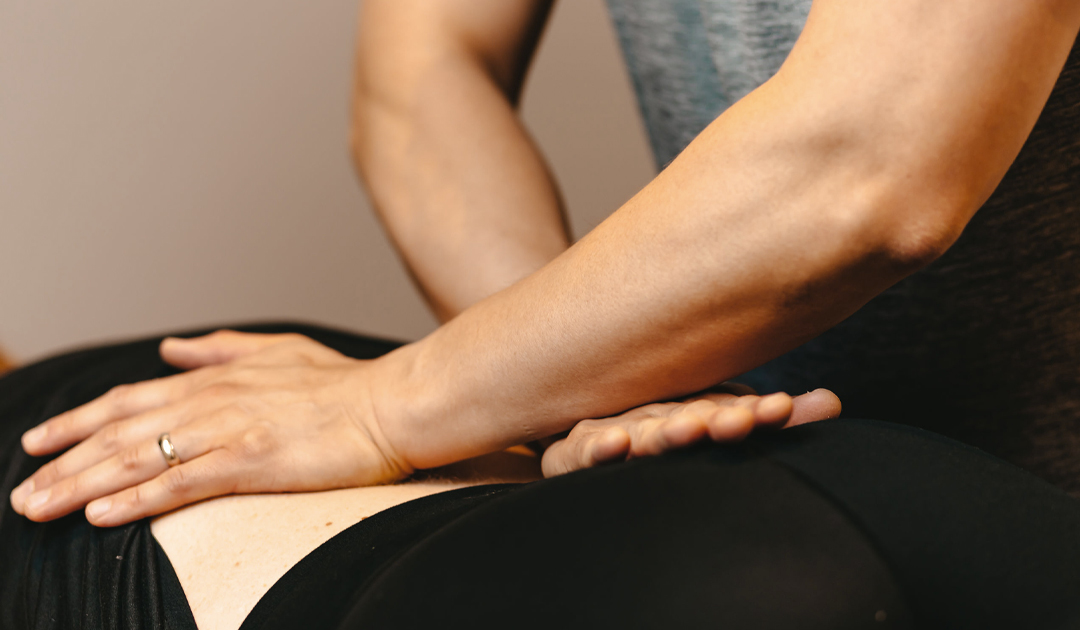How Should Stretching Be Added To My Fitness Routine?
By Arbind Bhangu – RMT, BKIN, FST Practitioner
What is stretching?
When most people think of stretching, they actually describe what is called “static stretching”.
This typically looks like picking up your foot and holding your heel close to your butt, for 60 seconds. This type of stretching would be recommended for someone who wanted to improve their flexibility, in a specific muscle.
So why would your healthcare professional tell you to get up from your desk, just to hold this awkward position for 2 minutes, while you grit your teeth through a tight pulling sensation in the front of your thigh? Well, that might actually be one way to alleviate your back pain from sitting all day. It might also help you touch your toes more easily, or at all!
Does this mean you should spend all day, every day doing stretches?
Unfortunately, most of us don’t have the time to stretch every muscle in your body, which clearly sounds like a full-time job!
Before we explore a better approach to stretching, we have to clear something up:
There are many different ways of stretching and they can have different benefits or use cases.
Dynamic stretching is where you are moving through a range of motion, rather than holding a static position.
This might look like doing butt kick exercises, or high knees, like how a runner or soccer player might do in their warm-up. The purpose of dynamic stretching is exactly that; to warm-up.
It is useful for improving fluidity of movement, through similar motor patterns to the sport or activity you are doing. It is also useful for blood flow, which helps to physically warm your body up, so you are less stiff during your activity. This can help you avoid being injured when you exercise.
If your goal is to feel less tight; or maybe feel less back pain when you are cleaning the house then your best bang for your buck options, might be a yoga or a pilates class.
These types of activity sometimes include a bit of passive stretching, but that isn’t why they’re the best, most efficient choices.
They are great because they are systematically done, to target movement patterns, rather than isolating single muscles and tendons.
They include a component of stability, which helps you actually make use of that extra range of motion that you would be gaining.
Integrating some muscle activation is the glue that makes these changes stick. They get your nervous system involved which means you’ll be more comfortable and confident when you’re moving through new ranges and new movements.
Here at Hayer Health, I offer FST (Fascial Stretch Therapy) techniques during some of my massages. FST can deliver some of the benefits of going to a yoga class ,while feeling like you just had a nap.
It’s a systematic approach to stretching the body that is focused on fascial lines (groupings of muscles that function together to perform movement), as well as joints. The techniques can help you restore your range of motion and function through those ranges.
It can be helpful for anyone from a pro athlete (it was actually developed to be used on NFL players and other professional athletes), or it can be useful for someone who never stretches and rarely exercises at all. FST practitioners believe that stretching should never be painful and we understand the importance of moving with your breath.
Ask about FST at your next appointment with me and see if it’s something you’d like to try.


